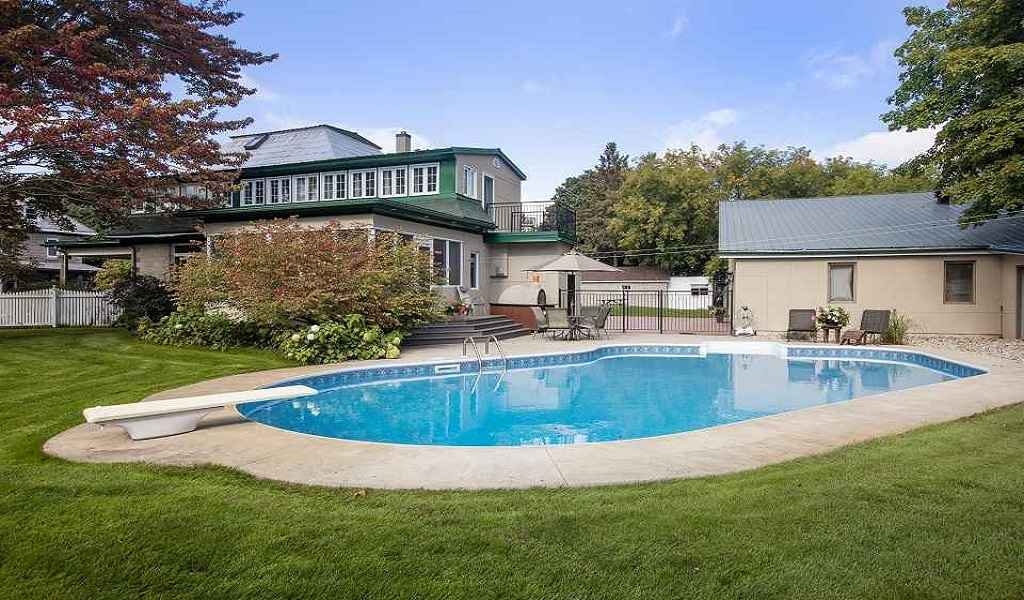So you have decided to enhance your home’s value by adding a swimming pool. However, installing a swimming pool as you prepare for the summer entails a few more details than you may imagine, which dictate the type of pool you can get.
Once you decide to invest in a swimming pool, you must familiarise yourself with the intricacies of pool development to identify and inform you of the choices available. This discovery process must occur before you begin any installation processes, including selecting a pool builder. Doing so ensures you understand the various components, regulations, requirements, and locational constraints that may affect the outcome.
The first selection you must make is your preferred pool type. There are three: in-ground, above-ground, and semi-in-ground. Of the three types, inground swimming pools are the type homeowners prefer. The primary reason behind this preference is the variety of striking designs some creative minds adopt to construct inground pools. Inground pools are highly adaptable to a nearly endless array of designs, sizes, and shapes as long as you have the money and space to realize your vision.
However, even as you opt for an inground swimming pool (understandable, as their benefits are significant), you have a few more considerations to explore before finding the right pool type for your home.
Inground swimming pools
There are three primary types of inground swimming pools, each with several defining characteristics that may help you select the right pool type for your home. The three categories are:
- Vinyl
- Concrete
- Fibreglass
Vinyl pools
Vinyl swimming pools comprise strong frames over which the builder lays a covering to contain the water. These frames are made of various materials, including wood, plastic, and galvanised steel. Moreover, they are created to be strong and durable. In addition, they come in different sizes and shapes to meet customers’ needs.
Vinyl pool frame manufacture and shipping are very economical, thus making this type the cheapest option available compared to fibreglass and concrete.
Concrete
Concrete swimming pools are the most sought-after type of inground pool today. This material offers numerous benefits, including durability, efficacy, and adaptability, making it desirable to consumers. In addition, concrete can withstand a wide range of climatic conditions over a more extended period.
The only drawbacks of opting for a concrete pool are the installation duration and expense. It takes a little more time to construct a concrete pool than other types. Moreover, the time and process it requires plays a major role in the amount you will send to the pool with such a material.
Fibreglass pools
Fibreglass is a flexible material that manufacturers shape in a factory before shipping to a pool installation site. You can construct a fibreglass pool in numerous conditions like rock, moist soil, frozen, rainy, etc. These pool types are also well suited to all environmental conditions. Such adaptability stems from fibreglass’ ability to flex and accommodate soil movement. Moreover, installation, care, and maintenance are easy and don’t require much effort.
Fibreglass pools are available in various designs, shapes, colours, and floor patterns to suit your preferences. Hopefully, all the information above will provide you with enough extra insight to aid in making your pool-type selection process more manageable and straightforward.

















